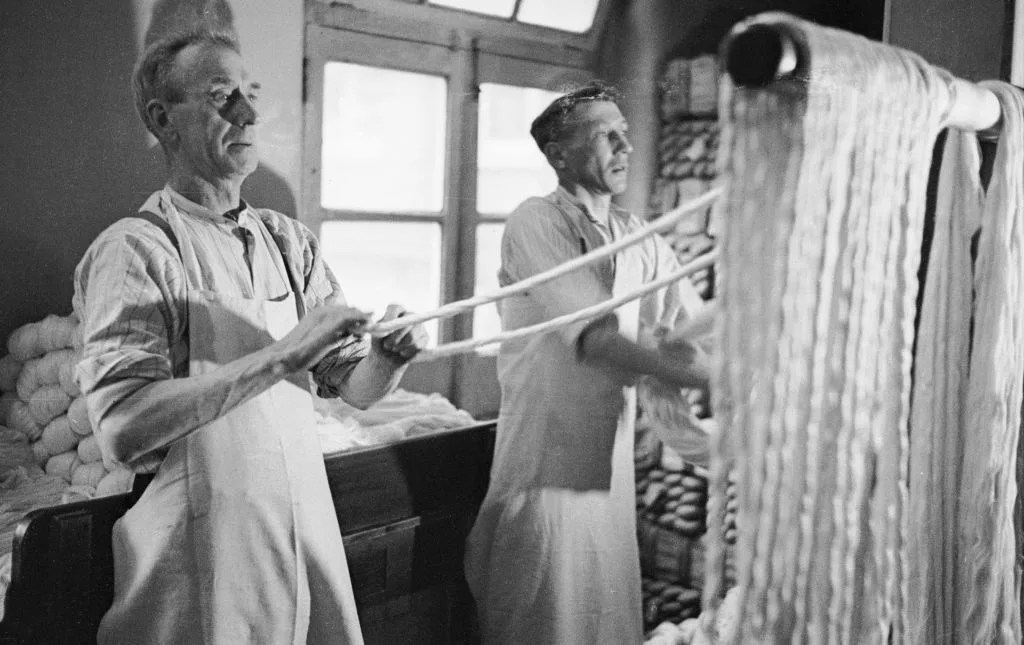When summer rolls around, linen clothes are the first things to come out from the closet. But we’re certainly not the first to use linen. Linen is the oldest textile in existence. And when we say old, we mean really old. Prehistoric. As such, it’s seen a lot, having an extensive history of use cases. It was instrumental in the economies of nations like Ireland and France, used to dress royalty and even influenced language.
But first, what is linen and why do people like it?
Characteristics
Linen comes from the flax plant and is what’s known as a bast fiber. Bast fibers are fibers that are collected from the inner bark, the bast, which surrounds the plant’s stem. Other bast fibers include hemp, ramie and mulberry.
Linen’s got a lot going for it, especially compared to other fibers like cotton. It’s more durable than cotton, making it perfect for heavy-duty applications. Because it’s quick-drying and breathable, linen is a go-to for warm weather garments.
It’s hypoallergenic, naturally anti-bacterial, and because the fibers are so long (it can grow up to 6 to 8 inches, compared to cotton which maxes out around 2.5 inches), linen fabrics are smooth, anti-static and won’t pill. Unlike wool, linen won’t attract moths.
And, climate advocates tout linen’s eco-friendly production. Linen takes around 100 days from seed to harvest whereas cotton takes about 160 days. This timeline means more material can be produced in less time. Linen also uses far less water than cotton. it can grow in poorer-conditioned soil, grows close to the surface and doesn’t require irrigation. One report estimates that a linen shirt uses about 6.4 liters of water while a cotton shirt uses 24 liters.








